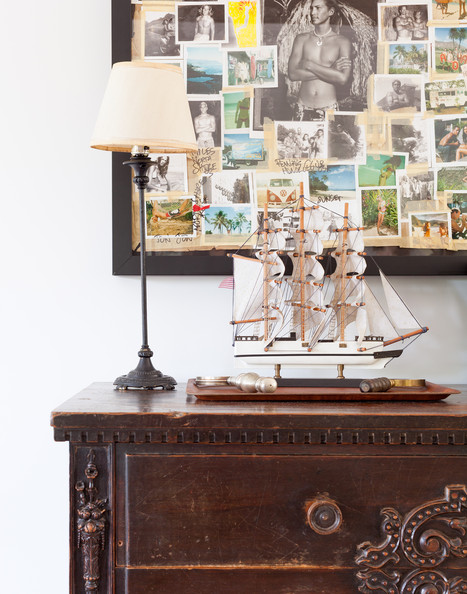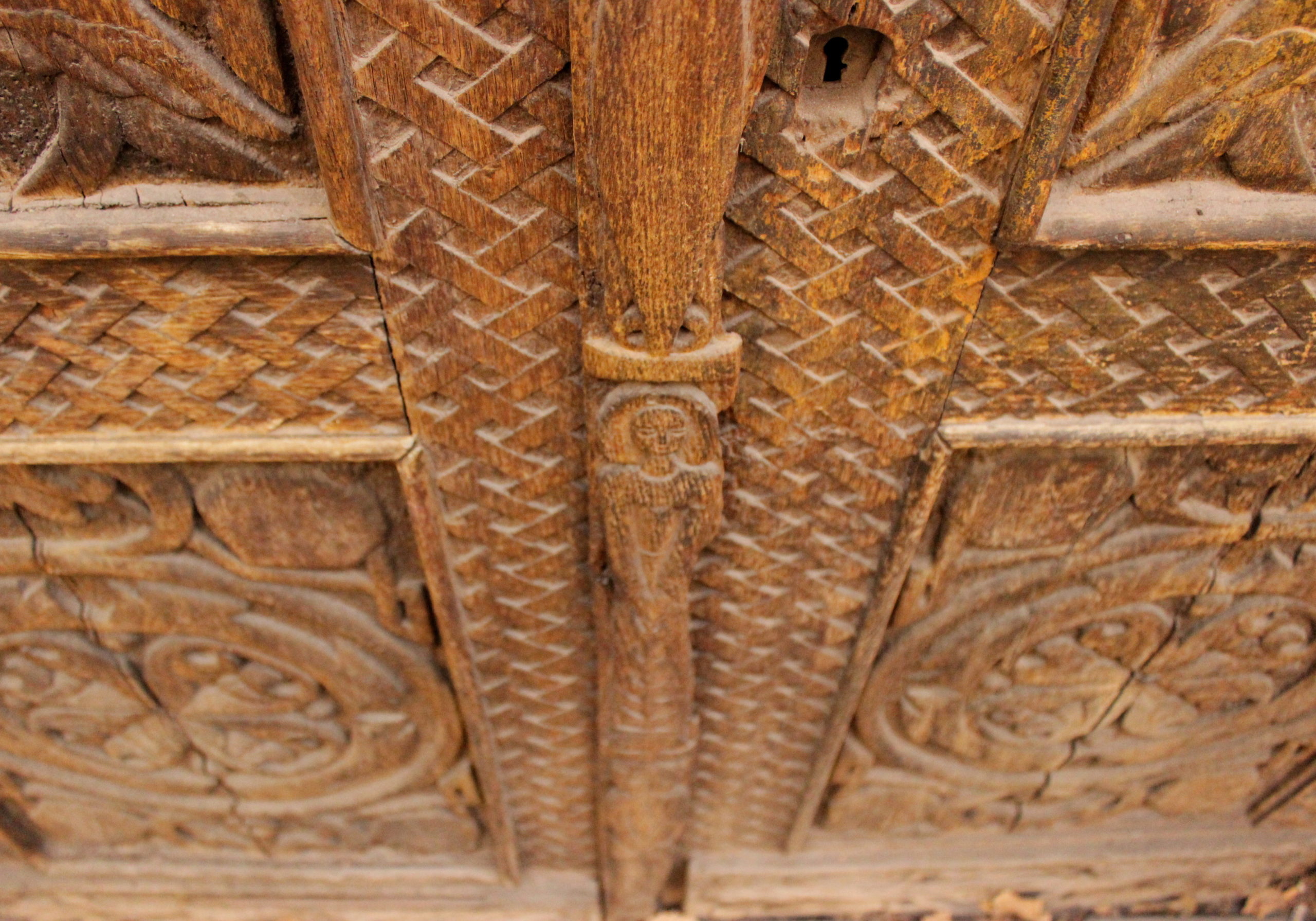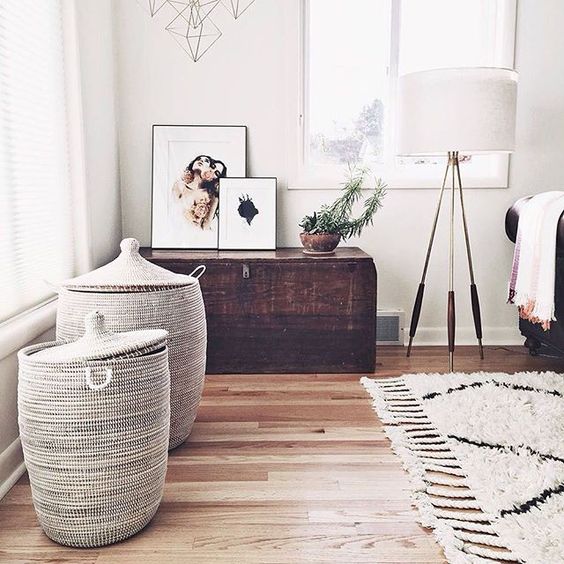Short Guide to Buying Antiques
Buying antiques is always a very exciting event: on one side you are acquiring something for your home that has a distinct character and sense of history, on the other (if you buy the right thing), you are making a profitable investment for the future. Though I can’t call myself an antique expert (and I can assure you there are very few people who can) I sometimes do buy collectibles and I have a short list of rules, which I follow when making such purchases. In this post I want to share them with you.
1. The first thing I pay attention to is the price. Of course, a thought that you are buying a treasure at a price of an old pan is super exciting. Unfortunately miracles in the world of antique do not happen (or are very rare), so when buying an item at deliberately low price, be ready that it will be a fake.

2. If you are interested in a certain historic period, try to get at least a basic knowledge about this style. Thus, knowing that cabriole leg is the most distinctive feature of Queen Anne chairs will help you to recognize furniture belonging to that period. I always try to educate myself about history of styles and write about it on this blog, so if you want to learn more about various periods, please have a look at “History of styles” category.

3. Talking about historic periods, I need to mention here such things as fashion and trends. It’s hard to define what makes things trendy, but sometimes, all of a sudden, items of a certain period are in great demand, hence the prices of them go up. Antique dealers who can predict this, become millionaires. In the meantime, there are certain periods which are always in trend, for example, Art Deco. The reason for that is that this period was very short and there are very few authentic pieces on the market. If you are lucky to buy original Art Deco item, it will be a really good investment for you. Today even a single chair or table of that period can cost sometimes almost a million dollars.

4. The biggest mistake, which you can make when buying antiques is to buy a fake item. To avoid this, before making any purchase, try to get an advice of an independent expert.
5. When visiting flea-markets and antique shops you should understand what is the difference between “antique” and “vintage”. “Antique” item has certain historic or aesthetic value, it is usually more than 100 years old. The term “vintage” is usually referred to an item that is over than 50 years old, but less than 100.
6. Antique furniture is usually very light comparing to modern products. It happens for two reasons: first of all the wood dries over time, secondly in the past there were no such materials as plywood or particleboard, which are usually heavier.
7. When buying antique furniture make sure that you thoroughly explore it: open all the doors and drawers (including the secret ones), check under the seats and backsides of wardrobes. By doing so, you can understand a lot about the origin and age of an item. For example, when wood is joined in a pattern resembling dove’s tail is the hallmark of an antique.

8. Pay extra attention to the fasteners: a bad sign will be if you find there plastic, metallic wires, screws, which appeared only in XIX century. Also check out the nails – a sign of a fake will be if you see old, rusty nails in rust-free holes.
9. It is always good to know about technologies available at the time of manufacturing the item. Thus, all antique copper items were hand hammered, which results that they are thicker, heaver than their modern analogues, as well as their surface is usually uneven and wavy.

10. Where to buy. Certain places in Europe have already become legendary, for example, Portobello Road in London is one of the most famous flea-markets in the world. Among other popular places are Marche aux Puces de Saint-Ouen in France and Place du Jeu de Balle in Belgium.

Want to learn more about various interior styles? Check my “HISTORY OF STYLES” book:









